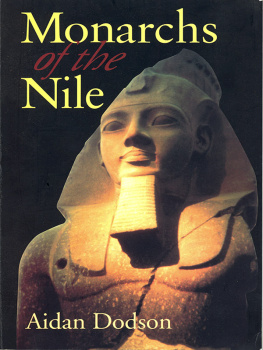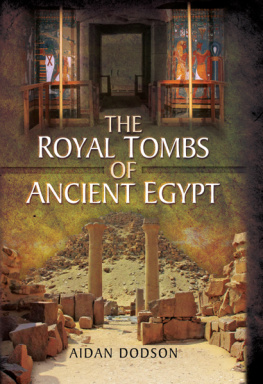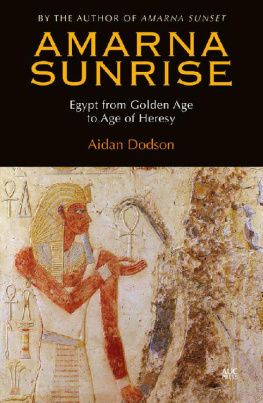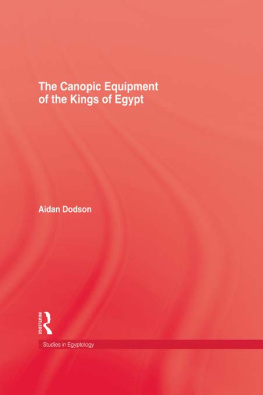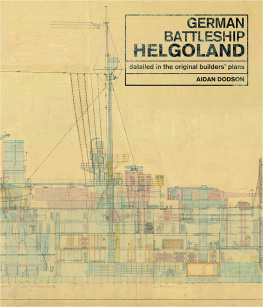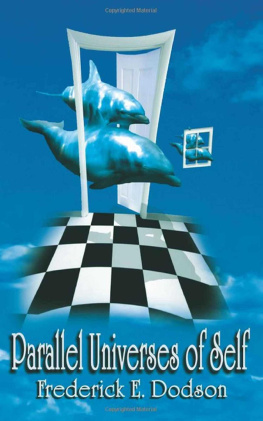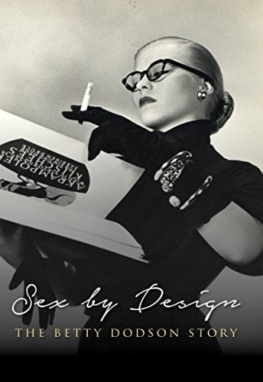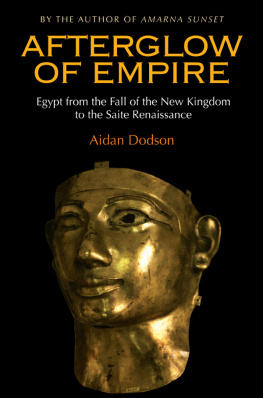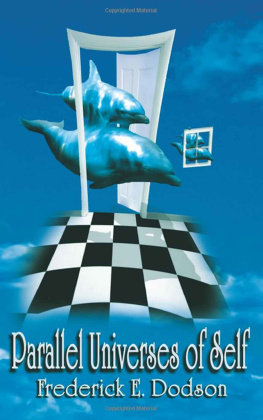Aidan Dodson - Monarchs of the Nile
Here you can read online Aidan Dodson - Monarchs of the Nile full text of the book (entire story) in english for free. Download pdf and epub, get meaning, cover and reviews about this ebook. year: 2000, publisher: I.B.Tauris, genre: Art. Description of the work, (preface) as well as reviews are available. Best literature library LitArk.com created for fans of good reading and offers a wide selection of genres:
Romance novel
Science fiction
Adventure
Detective
Science
History
Home and family
Prose
Art
Politics
Computer
Non-fiction
Religion
Business
Children
Humor
Choose a favorite category and find really read worthwhile books. Enjoy immersion in the world of imagination, feel the emotions of the characters or learn something new for yourself, make an fascinating discovery.
- Book:Monarchs of the Nile
- Author:
- Publisher:I.B.Tauris
- Genre:
- Year:2000
- Rating:5 / 5
- Favourites:Add to favourites
- Your mark:
- 100
- 1
- 2
- 3
- 4
- 5
Monarchs of the Nile: summary, description and annotation
We offer to read an annotation, description, summary or preface (depends on what the author of the book "Monarchs of the Nile" wrote himself). If you haven't found the necessary information about the book — write in the comments, we will try to find it.
Monarchs of the Nile — read online for free the complete book (whole text) full work
Below is the text of the book, divided by pages. System saving the place of the last page read, allows you to conveniently read the book "Monarchs of the Nile" online for free, without having to search again every time where you left off. Put a bookmark, and you can go to the page where you finished reading at any time.
Font size:
Interval:
Bookmark:
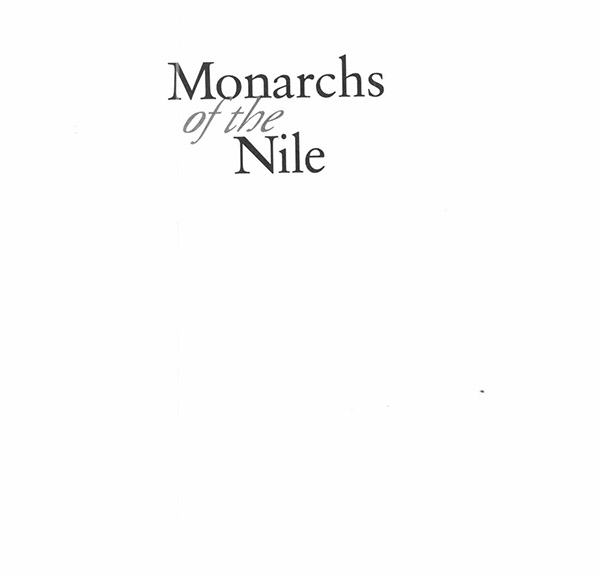
By the same author:
Egyptian Rock cut Tombs (1991)
The Canopic Equipment of the Kings of Egypt (1994)
After the Pyramids (2000)
The Coffins and Canopic Equipment from
the Tomb of Tutankhamun (in preparation)
With Salima Ikram:
Royal Mummies in the Egyptian Museum (1997).
The Mummy in Ancient Egypt (1998)
The Ancient Egyptian Tomb (in preparation)

The American University in Cairo Press
First published in Egypt in 2000 by
The American University in Cairo Press
113 Sharia Kasr el Aini
Cairo, Egypt
http://aucpress.com
Copyright 1995, 2000 by Aidan Mark Dodson
First published by the Rubicon Press 1995
Second, revised edition 2000
Second printing 2002
All rights reserved. No part of this publication may be reproduced, stored in a
retrieval system, or transmitted in any form or by any means, electronic,
mechanical, photocopying, recording, or otherwise, without the prior written
permission of the publisher.
Dar el Kutub No. 9219/00
ISBN 978 161 797 223 2
Printed in Egypt
To the memory of Professor A.F. Shore (1924-1994),
Brunner Professor of Egyptology at the University of
Liverpool, 1974-1991

Most Egyptologists possess the intention to write their history of Egypt at some stage in their career. This book could perhaps be viewed as the edited highlights of what may (or may not) one day grow into something larger: in any case, my thanks go to George Hart for his part in bringing about its appearance at this particular point in time, as well as Anthea Page and Juanita Homan for publishing its first edition, and Neil Hewison and Pauline Wickham for their part in this one.
Unless otherwise stated, all photographs were taken by the author, with acknowledgments to objects owning institutions. My illustrative thanks also go to Jacke Phillips for allowing me to raid her Sudanese archive.
Salima Ikram stands in my debt for her role in the publication of this second edition, as well as standing amongst those of my friends and family to whom gratitude is owed for reading and commenting upon the manuscript of the first edition: the others are Don and Edna Dodson, Christine Everall, Nicole Mostafa (ne Freeman), Julie Hudson, Linda Pike and Niamh Wall. I am especially indebted to Linda for the time and effort she took to excise obscurities and other more unfortunate Dodsonisms from the very first drafts of the text; Julie also deserves particular thanks, for her painstakingly proof-reading of the penultimate draft of the first edition, in spite of the heavy burden of finishing off a book of her own to a tight schedule. Finally, I would like to thank my wife, Dyan Hilton, for all her help with with proofreading the final draft of the manuscript of this edition, and for all her support. To one and all, however, I would like to wish  Life, Prosperity and Health!
Life, Prosperity and Health!
The kings of Egypt have exerted a fascination in the West since time immemorial. Initially this was through their appearances in the Bible; more recently as a result of the nigh-on two centuries of excavation that have revealed to the world the physical remains of the kings, their people and their culture. The peak of popular interest was probably reached as a result of the 1922 discovery of the tomb of Tutankhamun, rekindled by the touring exhibition of some of that kings treasures in the 1960s and 1970s. Now, ancient Egypt is part of the curriculum of many schoolchildren, as well as having spawned large numbers of enthusiast-groups around the world, thus guaranteeing continuing awareness of the ancient civilization at all levels of society.
A considerable number of histories of ancient Egypt exist, but all of the more recent ones adopt a fairly broad-brush approach, in which the individual rulers are made to take fairly subsidiary roles in the general sweep of events The only books to look at matters on a detailed king-by-king basis are far too out of date to bear any kind of use, and any new in-depth study along such lines is a long way off.
Against this background, the present volume attempts to present to a general audience concise accounts of the lives and times of some of the more significant - and/or interesting -occupants of the Egyptian throne, from the unification of the country around 3000 BC, down to the extinction of native rule just under three millennia later. It does not pretend to substitute for a proper history, but aims to provide something of a continuous narrative through the employment of fairly extensive summaries of prior/subsequent events as parts of the actual biographies.
Some of the rulers included, such as Tuthmosis III, had a major impact on their time, and were remembered by their own people until the very civilization collapsed. Others, such as Tutankhamun, were soon forgotten by the Egyptians themselves, only to burst into popular culture thousands of years after their deaths, as a result of the labours of modern archaeologists Still more remain unknown outside the small circle of professional Egyptologists, but had careers that call out for wider dissemination. It has been my intention to provide a mix of all three categories, in an attempt to present a balanced view of Egyptian kings and their spectrum of achievements.
In doing so, one becomes painfully aware of the gaps in our knowledge, and the wide range of the possible interpretations that can be placed on a single body of hard evidence. Indeed, on some subjects, such as the reigns of Akhenaten and his successors (the so-called Amarna Period of the Eighteenth Dynasty, c. 13901-300 BC), there are probably as many reconstructions as there are Egyptologists who have considered the matter. In view of this, any attempt at presenting a fully balanced account of certain pharaohs would involve disfiguring the narrative with so many digressions and summaries of the various arguments as to make it virtually unreadable. Accordingly, I have made the conscious decision to omit such matter as far as possible, restricting myself in all but a few cases to using the words probably, perhaps and so-forth where problems exist.
The reconstructions given thus reflect what I believe to be the best or most likely readings of the available evidence, some of which has only emerged in the last year or two. Indeed, there are a number of cases where I have considerably revised my opinions, as compared with that expressed in the first edition of the book, and which may yet need further modification should it ever go to a third edition.
For those who wish to investigate matters further, and/or learn more about some of the alternate views held on various points, a Guide to Further Reading will lead the individual around the basic bibliography of each reign dealt with Concerning this section, a conscious decision was taken to restrict entries almost exclusively to books in English, partly to keep its size down to manageable proportions, and partly with a view to the target readership of this volume and the kind of works that are likely to be available in, or through, public libraries For those who desire to delve still deeper, most of the works cited contain extensive bibliographies, which will allow access to primary and secondary literature in periodicals and/or foreign languages.
Next pageFont size:
Interval:
Bookmark:
Similar books «Monarchs of the Nile»
Look at similar books to Monarchs of the Nile. We have selected literature similar in name and meaning in the hope of providing readers with more options to find new, interesting, not yet read works.
Discussion, reviews of the book Monarchs of the Nile and just readers' own opinions. Leave your comments, write what you think about the work, its meaning or the main characters. Specify what exactly you liked and what you didn't like, and why you think so.

